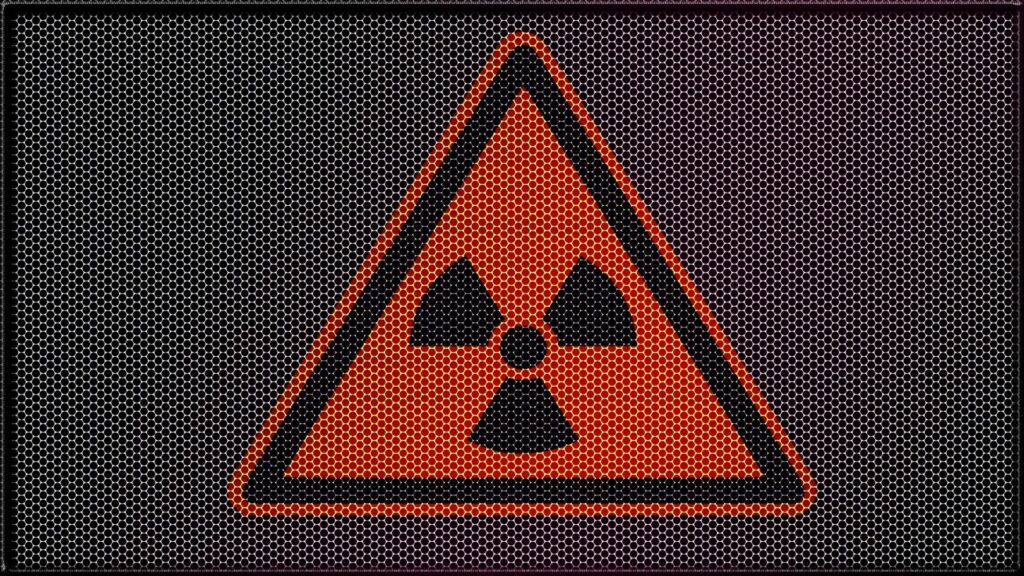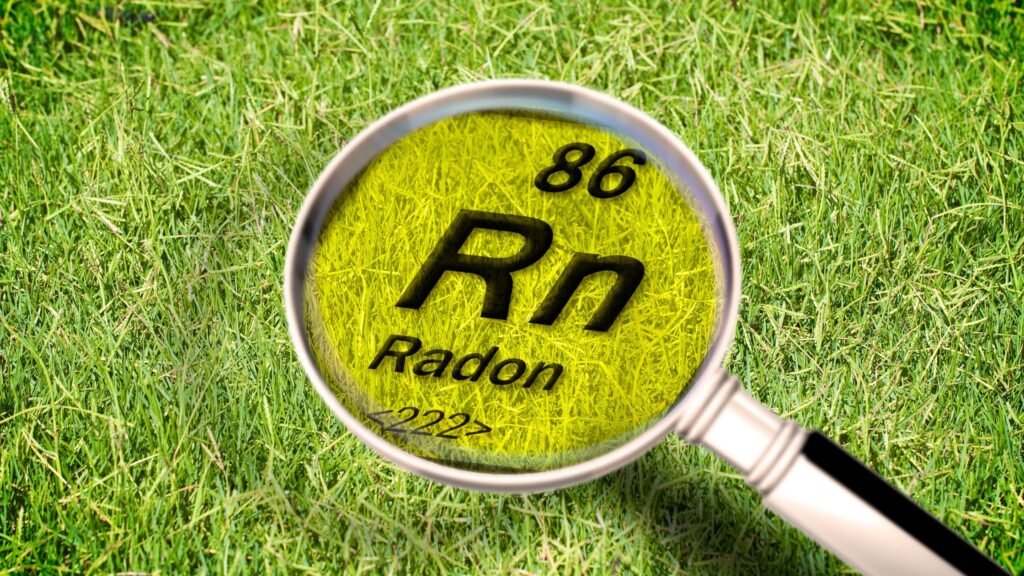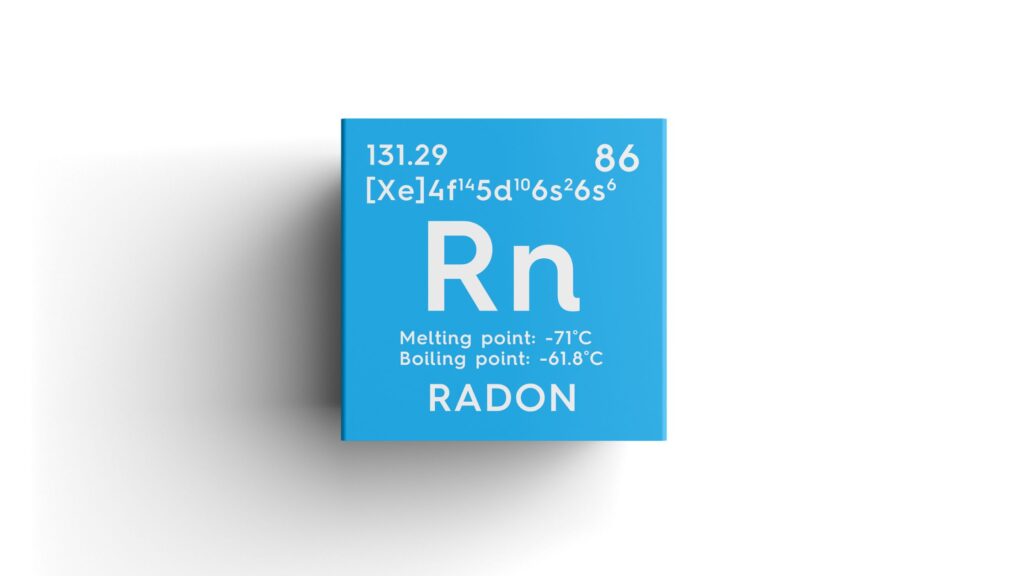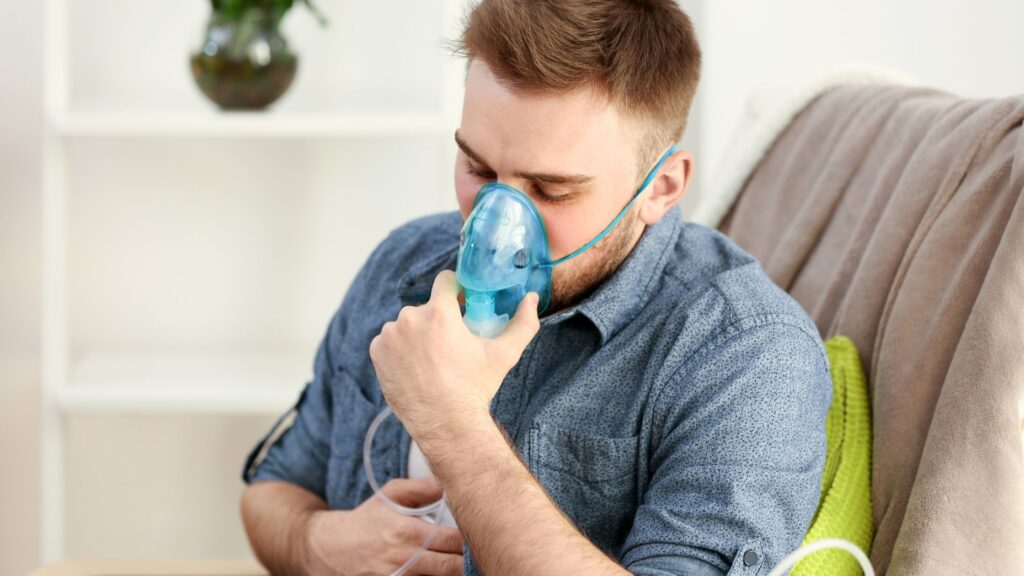You can’t see it. You can’t smell it. Yet radon could be silently affecting your family’s health right now. This invisible, radioactive gas forms naturally underground and seeps into homes through cracks and gaps. Understanding why radon is harmful—and how to prevent its buildup—is the first step toward cleaner air and a safer home.
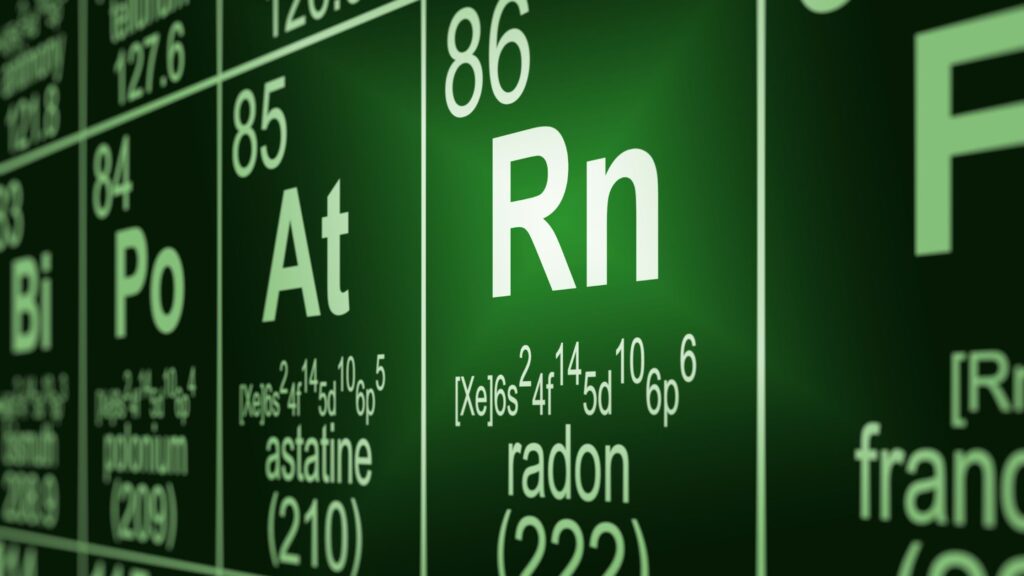
The Hidden Danger Beneath Your Home
Many homeowners ask, “Is radon harmful?” The answer is a resounding yes. Radon develops underground through the natural decay of uranium in surrounding soil and rock, making it a common environmental gas. As it rises, it enters homes through minute openings in the foundation, walls, or drains. Once inside, it collects in enclosed spaces—especially basements—and gradually reaches dangerous concentrations without a single visible clue.
How Radon Affects Your Health
When inhaled, radon particles settle in the lungs, where they emit ionizing radiation that damages cell DNA. Over time, this exposure can lead to severe respiratory problems and even lung cancer. Health authorities rank radon as the second leading cause of lung cancer, following smoking. The risk is higher in tightly sealed, energy-efficient homes where air circulation is limited.
Because the gas cannot be seen or smelled, people may live with it for years before realizing the danger. The risk rises even more in homes that are tightly sealed, energy-efficient, or poorly ventilated, where radon has no easy way to escape. Learn more about What Is Radon?
How and Why Radon Becomes Harmful Over Time
Radon is a colorless, odorless gas that poses a serious health risk, often going unnoticed until significant harm is done. Here are five key reasons why radon is dangerous:
1. Radioactive Composition
Radon is a radioactive gas that releases harmful particles as it decays. When inhaled, these particles become trapped in the lungs and emit radiation that damages cells over time.
2. Lung Cancer Risk
Prolonged exposure to radon ranks as the second leading cause of lung cancer, coming just after tobacco use. Continuous inhalation of radon particles increases the likelihood of developing serious respiratory diseases.
3. Cumulative Exposure
Unlike short-term toxins, radon exposure creates long-term harm because its radioactive particles continue affecting the body for years. Even low levels of exposure, if constant, can lead to significant health effects later in life.
4. Widespread Presence
Radon exists almost everywhere—it can enter any building, old or new, through small foundation cracks or construction gaps. Its universality makes it a risk that every homeowner should take seriously.
5. Undetectable Without Testing
You can’t see, smell, or taste radon. The only way to detect it is through professional testing. This invisibility makes it particularly harmful, as people often remain unaware of the danger for years.
Radon’s harmful effects develop slowly, making early detection and mitigation key to protecting your health. Regular testing and timely intervention are vital to safeguard your family from this silent threat.

Why Every Home Needs Radon Testing
Testing is the only way to find out if radon is present in harmful amounts. Whether your home is old or newly built, the soil underneath can release varying levels of radon at any time. Short-term tests help provide an initial reading, while long-term monitoring offers a clearer picture of your home’s exposure level.
Professional radon testing ensures accuracy by using calibrated instruments that measure concentration over several days. If high levels are detected, certified technicians can recommend the right mitigation plan. Understanding your radon levels transforms the question “is radon harmful” from a worry into an actionable step toward safety.
Proven Ways to Prevent Radon Exposure
Fortunately, modern mitigation systems make it easy to control radon before it harms your household. Here are effective ways to prevent and reduce exposure:
- Sub-slab depressurization system: This creates suction beneath your foundation, pulling radon from the soil and venting it safely outdoors.
- Seal cracks and gaps: Use high-quality sealants on floors, walls, and foundation joints to block radon entry points.
- Improve ventilation: Increase air circulation in basements and lower floors to dilute any trapped gas.
- Install radon fans: These continuous ventilation fans help maintain negative pressure beneath the slab.
- Test after renovations: Construction changes can alter air pathways, making retesting essential after major home improvements.
Each preventive measure works together to ensure that harmful gas never has the chance to accumulate inside your home.
Long-Term Monitoring and Maintenance
Even after mitigation, ongoing testing remains important. Seasonal changes, soil movement, and weather patterns can affect radon levels. Continuous monitoring or re-testing every two years ensures that your mitigation system remains effective. Regular checks also provide peace of mind, knowing your indoor air stays safe and compliant with recommended standards.
Moreover, when buying or selling property, professional radon reports strengthen buyer confidence and demonstrate responsible home maintenance. Preventing radon is not a one-time task—it’s a long-term commitment to health and safety.
Conclusion
So, is radon harmful? Yes—but with awareness and proactive action, it’s fully controllable. Regular testing, sealing, and ventilation are your best defenses. By staying vigilant and addressing any issues promptly, you can significantly reduce radon risks. For expert radon testing and professional mitigation, trust DSM Radon to keep your air clean, your home safe, and your loved ones protected.

FAQs
1. How does radon enter a home?
Radon seeps through cracks, floor drains, gaps around pipes, and other foundation openings where the building touches the soil.
2. What level of radon is considered unsafe?
Most guidelines recommend taking action if radon levels exceed 4 pCi/L, but even lower levels can pose some risk over time.
3. Can new homes have radon problems?
Yes. Modern, energy-efficient homes often trap radon more easily due to tight construction and limited ventilation.
4. How often should I test for radon?
Test your home every two years and after major renovations or foundation work to ensure levels remain safe.

